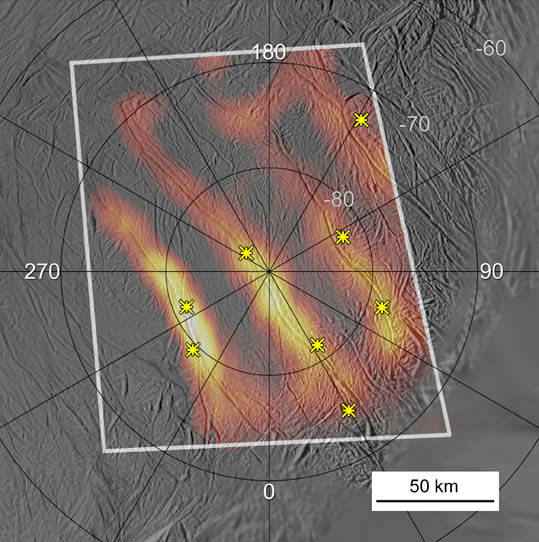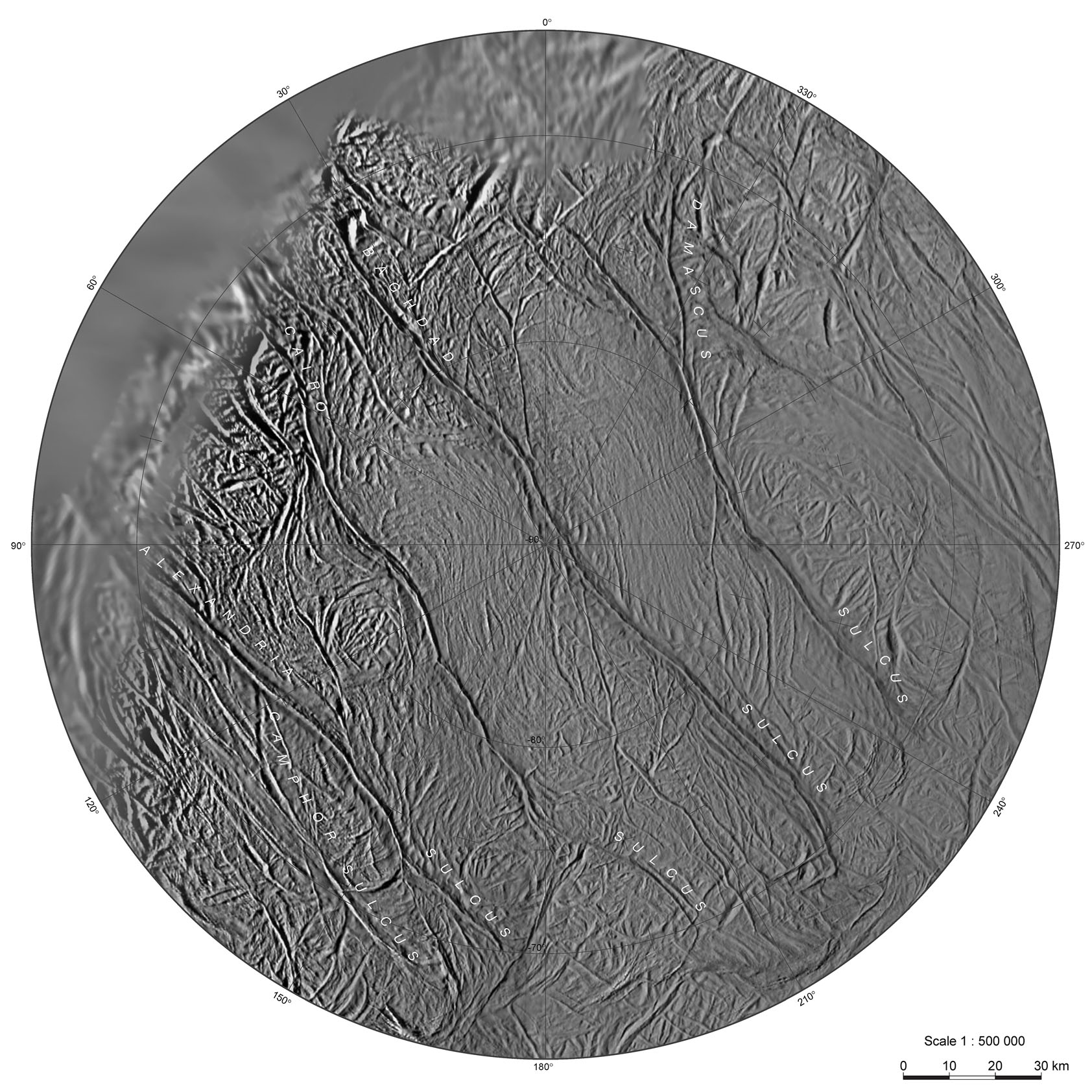

But unlike oceans on Earth, which are on the planet’s surface, Enceladus’ ocean is protected beneath a thick layer of ice. And it’s known for spraying out tiny icy silica particles - so many of them that the particles are an important component of the second outermost ring around Saturn, its so-called E ring.Įnceladus is characterized as an “ocean world,” a celestial body with a substantial volume of liquid water. It has the whitest and most reflective surface that astronomers have yet observed. A study led by UCLA scientists shows that tidal heating in Enceladus’ core creates currents that transport the silica, which is likely released by deep-sea hydrothermal vents over the course of just a few months.Īlthough it is relatively small, Enceladus - the sixth largest of Saturn’s 83 moons - has been considered by astronomers to be one of the more compelling bodies in our solar system.Įnceladus stands apart from other celestial bodies because of both its appearance and its behavior.Scientists have not known how that happens or how long the process takes.

Enceladus, the sixth largest of Saturn ’s moons, is known for spraying out tiny icy silica particles - so many of them that the particles are a key component of the second outermost ring around Saturn.

Cleaving finally ceases at a distance where the ice loading diminishes sufficiently, or perhaps where the crust has grown thicker.
#ENCELADUS TIGER STRIPES TIDAL HEATING SERIES#
The world's gravity is likely too weak to hold the ice shell tightly together in a way that would prevent a series of fractures from propagating through the shell. Enceladus is fairly small-just 500 km (310 mi) in diameter-and not particularly massive. The model additionally addresses why this phenomenon is unique to Enceladus, despite the fact that numerous other moons in the solar system likewise possess internal oceans, although none display tiger stripe–like surface features. See also: Pressure Stress and strain Weight The end result is the tiger stripe features. The sheet bends and eventually buckles, cracking outward in a cascading manner at regular intervals in parallel to the initial crack.
#ENCELADUS TIGER STRIPES TIDAL HEATING CRACK#
With water now actively flowing through the initial crack in the shell onto Enceladus' surface and then freezing, ice loads pile up, adding significant weight onto the ice sheet. The pressure release from one pole giving way in this manner would be sufficient to prevent cracking of the ice shell over the other pole, the new theory suggests. The likeliest place for cracking to occur is at the moon's poles, where the ice shell should be at its thinnest. The resulting pressure in the sheet eventually causes the sheet to crack. Stresses develop in this shell because water expands in volume as it freezes. As water from the internal ocean inevitably freezes at the boundary with its encompassing ice shell, the shell thickens. See also: Friction Gravity Orbital motion Tideīuilding upon this paradigm, researchers developed a new model of the forces at work in further shaping Enceladus. As the small moon goes through its orbit around Saturn, the host planet's gravity squeezes and stretches the rocky bulk of Enceladus, causing internal friction that, in turn, generates heat. Tidal heating keeps this internal ocean liquid. Models suggest that the moon's thin, frozen shell hides an internal, global ocean more than 30 km (20 mi) deep, sloshing atop a rocky core. An initial clue for explicating the origin of the tiger stripes is the way in which Enceladus is constructed.


 0 kommentar(er)
0 kommentar(er)
